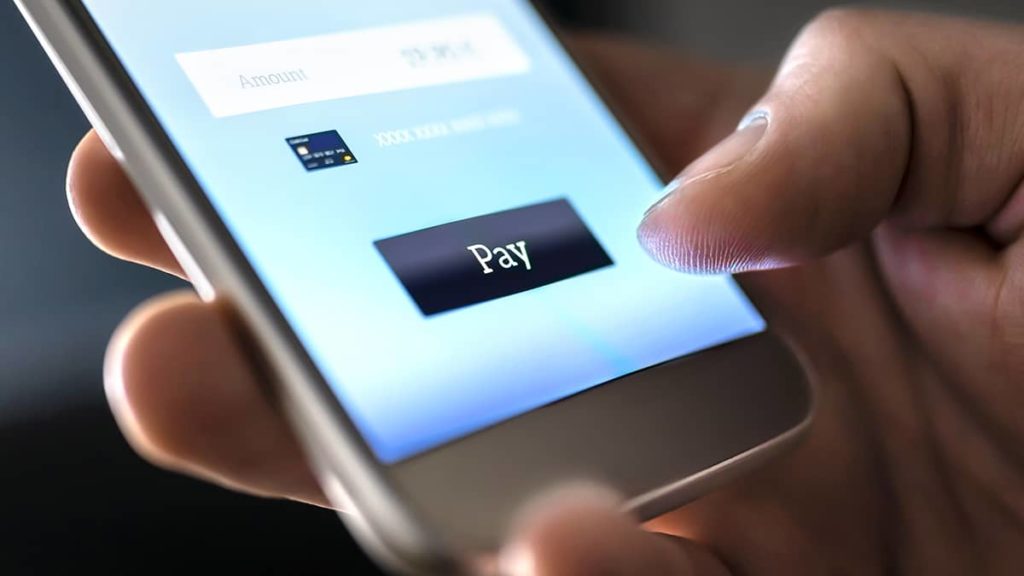You constantly make payments to contractors, suppliers, vendors, and employees (if you have ‘em). It’s what you do as a business owner. Wouldn’t it be nice to skip cash and checks? Instead of using paper to pay people, you can make EFT payments.
EFT stands for electronic funds transfer. In business, you can send—and receive—EFT payments to streamline the payment process. Read on to learn more about what is EFT payment and how you can use it in your business.
What is electronic funds transfer (EFT meaning)?
An electronic funds transfer moves money from one account to another electronically over a computerized network. EFTs require both the sender and recipient to have bank accounts. The accounts do not have to be at the same financial institution to transfer funds. Both individuals and businesses can make EFT payments over the computer, using card readers, or over phones.
EFTs debit (increase) one person’s account and credit (decrease) the other person’s account.
EFT transactions are also known as electronic banking. Everything is paperless, so there isn’t a need for cash or paper checks.
The Electronic Fund Transfer Act (EFTA) regulates electronic funds transfers. The EFTA is a federal law that protects individuals who make EFT payments. For example, the EFTA requires financial institutions to provide consumers with a summary of rights and notifications of unauthorized transactions.
EFT vs. ACH
You might be wondering what the difference between an EFT and ACH (Automated Clearing House) payment is.
ACH is a type of EFT. So, all ACH transactions are types of electronic funds transfers, but not all electronic funds transfers are ACH transactions.
Electronic funds transfers include all types of electronic payments. On the other hand, an ACH payment is made within the Automated Clearing House Network (e.g., payroll and direct deposit).
For example, wire transfers are not ACH transactions. Instead, a wire transfer is a type of EFT transaction.
Types of EFT
There are a number of ways to transfer money electronically. Here are just some common EFT payments you might use for your business.
Direct deposit lets you electronically pay employees. After you run payroll, notify your direct deposit service provider of the amount to deposit in each employee’s bank account. Then, the direct deposit provider transfers that money to employee accounts on payday. Not all employers can make direct deposit mandatory, so brush up on direct deposit laws.
Wire transfers are a fast way to send money. They are typically used for large, infrequent payments (because there’s a fee). You might use wire transfers to pay vendors or make a large down payment on a building or equipment.
The Electronic Federal Tax Payment System (EFTPS) is a tax payment service you can use to make tax payments to the IRS.
ATMs let you bank without going inside a bank and talking to a teller. You can withdraw cash, make deposits, or transfer funds between your accounts.
Debit cards allow you to make EFT transactions. You can use the debit card to move money from your business bank account. Use your debit card to make purchases or pay bills online, in person, or over the phone. And, you can accept debit card payments from customers.
Electronic checks are similar to paper checks, but they are used electronically. You enter your bank account number and routing number to make a payment.
Mobile wallets let you pay bills, transfer money between accounts, or receive payments over the phone.
Personal computer banking lets you make banking transactions with your computer or mobile device. You can use your computer or mobile device to move money between accounts.
How does an EFT payment work?
You might want to send an EFT payment to someone. Or, you may give customers the option to pay you via an electronic funds transfer.
To make an EFT payment, the sender must know the recipient’s bank account information. If you’re making an EFT payment, you must authorize the funds transfer. Then, the money is taken from your account and deposited into the recipient’s account.
There might be a fee for some EFT transactions. For example, you might have to pay for certain ATM transactions. However, other transactions might be free.
EFT payment processing time
The amount of time needed to process an EFT payment depends on:
- The type of payment
- Your EFT provider
- When you submit the payment
Your EFT payment might take anywhere from one to four days. Some electronic funds transfers are sent and received on the same day (e.g., wire transfers).
EFT payments typically only process on business days. And, there might be certain cut off times. For example, you might need to make an electronic money transfer before 9 p.m. If you place the transaction after that time, the transaction won’t begin until the next business day.
Can you stop an EFT payment?
Normally, you cannot stop an EFT payment after you initiate it. The EFTA does not give you the right to do so. If you need to stop a payment or have your money refunded, that is between you and the person you paid.
However, you might be able to stop scheduled, recurring EFT payments (e.g., scheduled utility EFTs). You can stop an upcoming scheduled payment by notifying your financial institution at least three business days before the next scheduled transfer takes place.
Follow your financial institution’s policies for stopping scheduled transfers. Otherwise, your stop might be void. Your state might also have additional regulations, so be sure to check your state laws.
Keep track of all your electronic payments by recording them in easy-to-use accounting software. When you use Patriot Software’s accounting software, you can see a full picture of your business’s financial health. Sign up and start your free trial!
This article was updated from its original publication date of 9/11/2012.
This is not intended as legal advice; for more information, please click here.